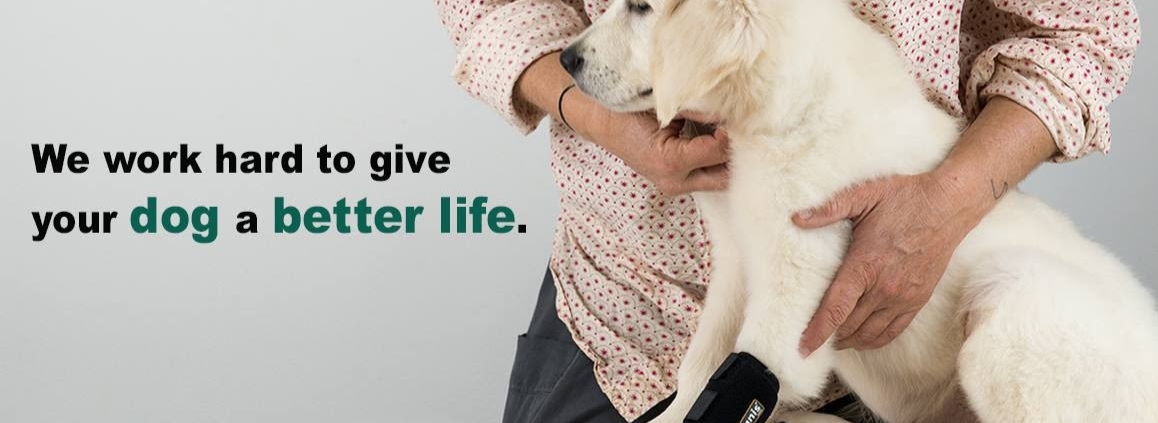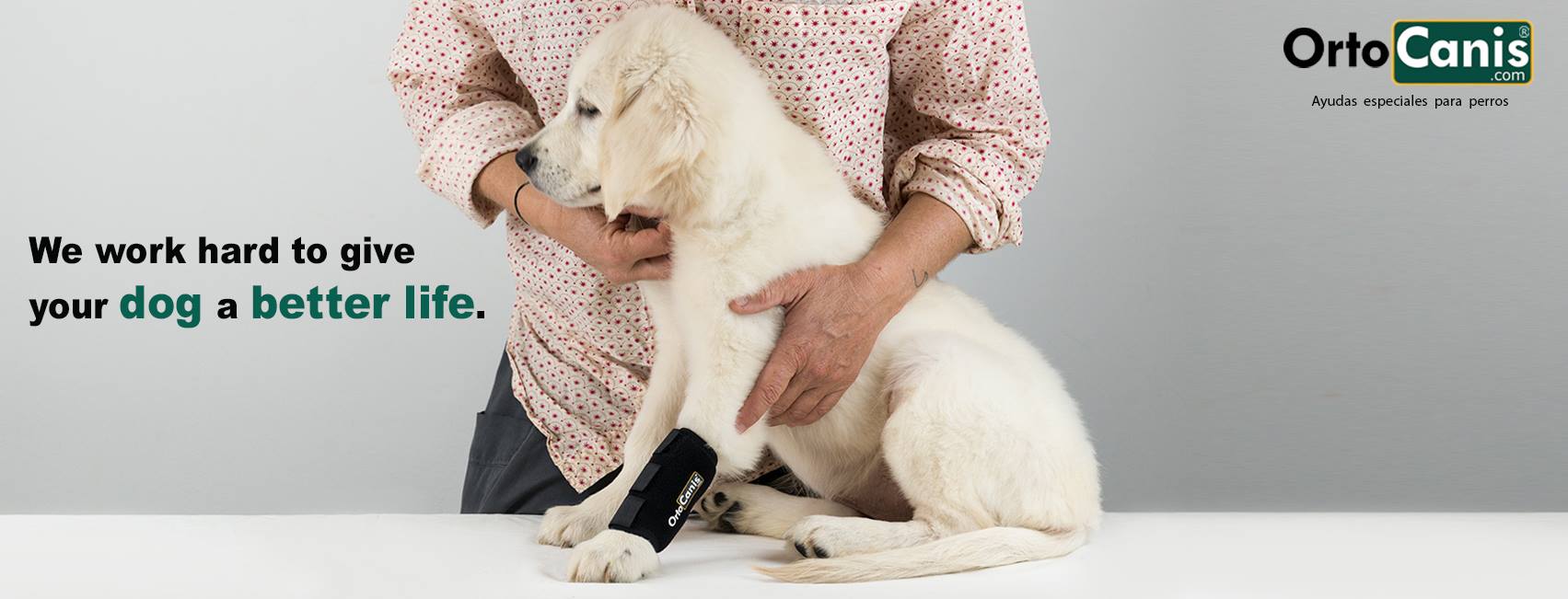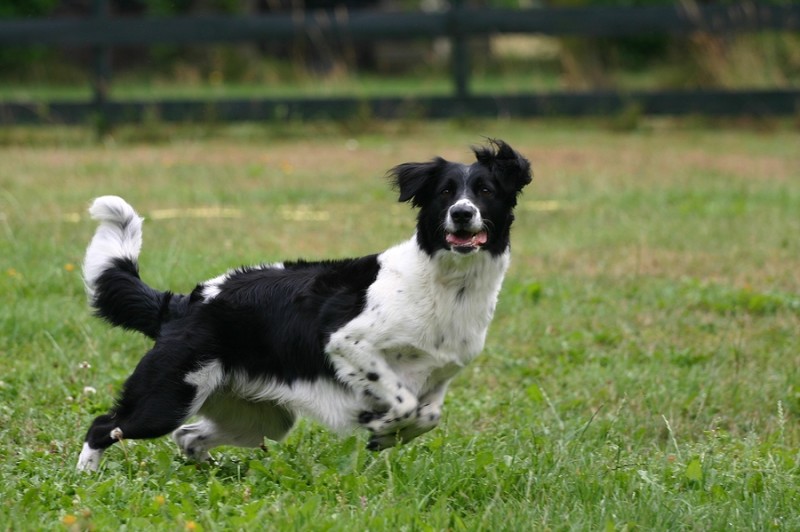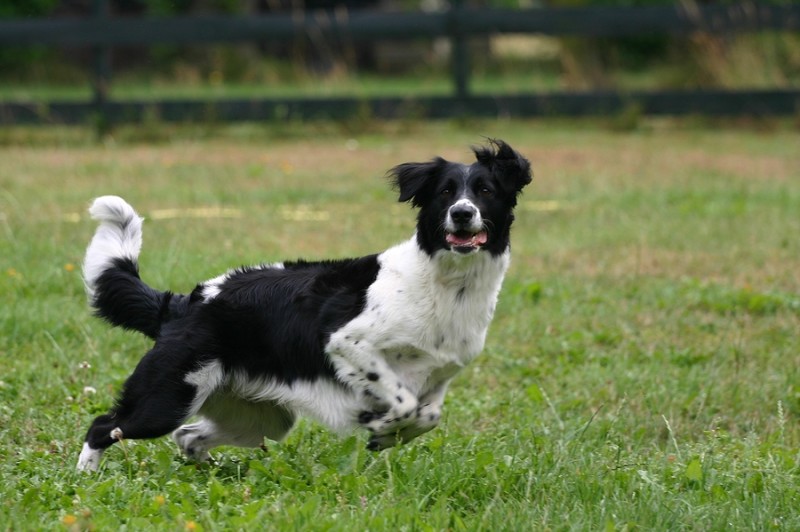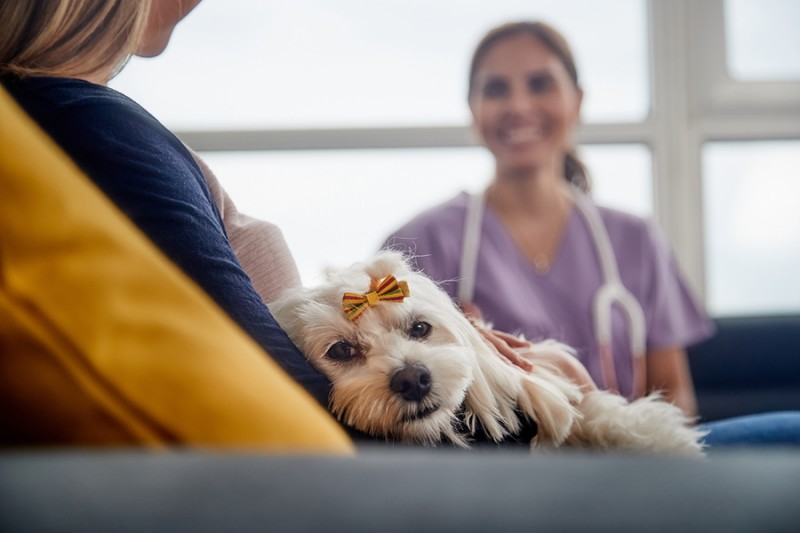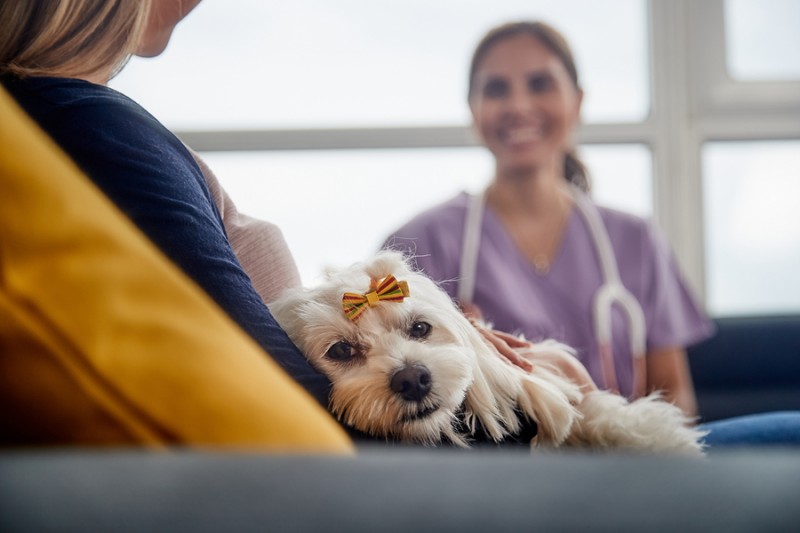Dogs’ paws are one of the most vulnerable areas of dogs. On the one hand, they are in direct contact with the ground and can suffer injuries. They are also exposed to blows or bad footsteps. And of course, they can suffer a problem in the legs, or injuries from sprains, bad footsteps, etc. Or simply, due to the effect of age.
Therefore, it is advisable to check your limbs carefully from time to time. You also have to be aware of any change in behavior. If, for example, a dog that is very active suddenly becomes sedentary, or if it changes other behaviors, it is necessary to find out why. To do this, apart from ruling out other pathologies, it is necessary to check their legs.
How to detect a problem in the paws of a dog
Sometimes, if a dog has a paw problem it is quite obvious. Suddenly they start limping, or they don’t want to walk. Or he gives them to lick their paw insistently. Or for giving the feeling that they bite it. So, it’s clear that something is happening to them.
But sometimes, what happens to them is not so obvious. They may be upset, but it is not clear where the problem may be. In that case, when the dog is comfortable, a careful inspection of its paws can be carried out. In these cases, you have to be careful when doing so, so as not to harm it.
How to examine a dog’s paws
To check a dog’s paws for problems or injuries, it is best to start with their pads. Because they are in contact with the ground, they are some of the parts most susceptible to problems. When walking, you can stick something to the dog in them. Or make a small wound, which at first glance is not appreciated, but that can later lead to a more serious problem in the legs. You may also have cracked pads, or a cyst.
After checking the pads and the area around them, if there is no problem in them, you have to check the legs. To do this, it is necessary to carefully feel each of them. In this way you will be able to appreciate strange lumps. Also blows that can cause pain. If so, the animal will react when it feels it, and will try to remove the paw. Hence the review with care. To avoid causing you more pain.
What to do when there is a problem in the legs
Whenever it is detected that a dog has a problem in the legs, it is necessary to go to the veterinarian. Even if it is a wound, because if it does not heal well or becomes infected, it can degenerate into a larger problem. Therefore, it is advisable to consult with a specialist. And do it, in addition, without wasting time. If you wait to go with the dog to a consultation, the problem can be aggravated.
The veterinarian shall examine the animal and decide on the most appropriate treatment in each case. From a wound cure to a small surgery. You can also indicate if it is necessary to protect any areas of the affected legs. For example, with a carpal stand. Or, after surgery, with an orthopedic splint. In any case, you should always follow the guidelines indicated by the specialist.

